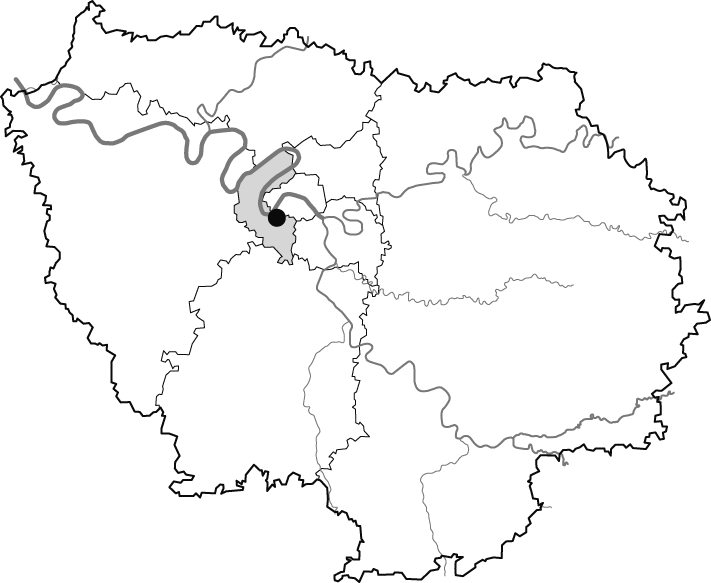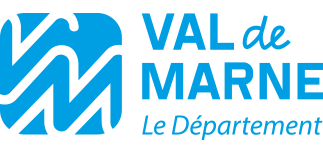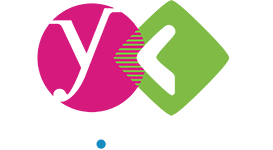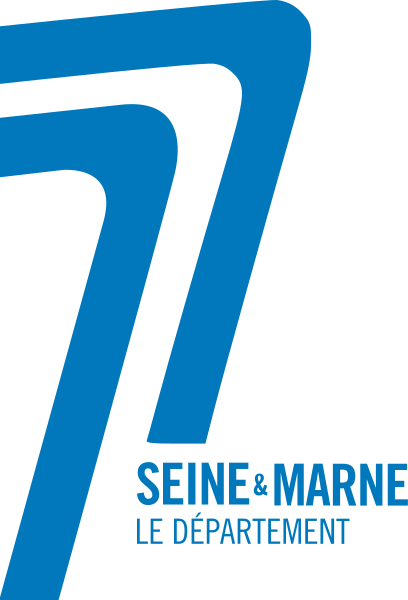 |
Emmanuelle du BOUËTIEZ, Hélène ERISTOV GALLO-ROMAN WALL-PAINTINGS FROM VANVES (HAUTS-DE-SEINE) |
Abstract
Developer-funded excavations carried out between 1997 and 2005 in Vanves (Hauts-de-Seine) revealed two Gallo-roman buildings: a bath-house and an edifice of indeterminate function. Whilst few traces of wall-paintings were preserved within the bath-house, the second building contained remains in every room. Some paintings were still in place at wall bases (marbling, imitation opus sectile decoration), others surviving as rubble (lattice or dash-work ceiling decoration). Among the latter, the most spectacular decoration is composed of parts of a megalography portraying the nereid Panopea leaning against an urn and holding a mirror. The paintings are chronologically homogeneous and can be dated by archaeological and stylistic criteria to the end of the 2nd or beginning of the 3rd century. Analysis of these assemblages allows us to address questions concerning the relationship between the rooms’ function and their decoration, and a possible connection between the two buildings, and also the functioning of painters’ workshops.

 FR
FR  EN
EN 




